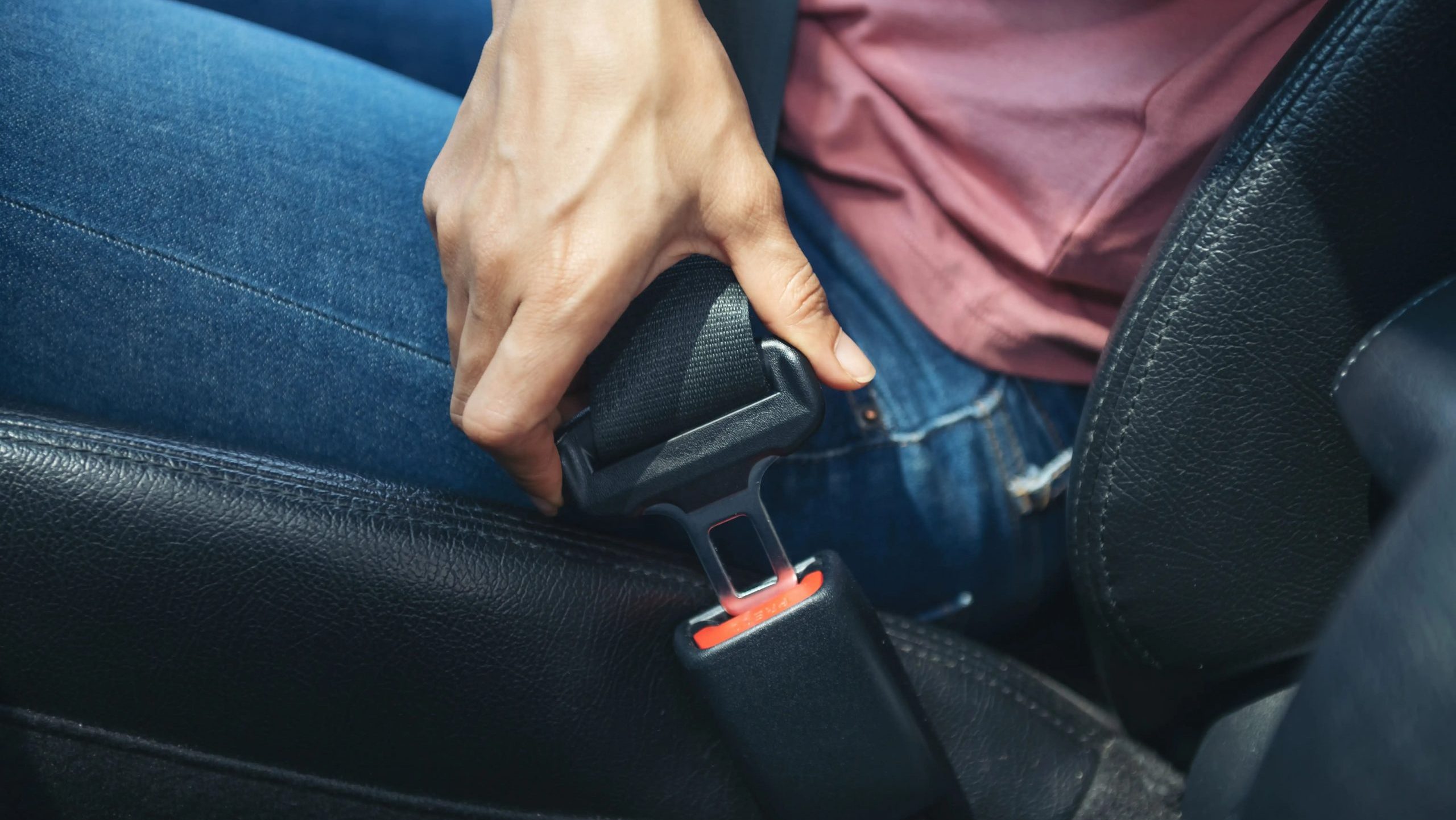MALAYSIA: A startling statistic reveals that only one in four Malaysians regularly wears a seatbelt. This figure raises significant concerns about road safety in the country.
The current state of seatbelt usage
According to the Malaysian Institute of Road Safety Research (MIROS), only 25.8% of passengers were observed fastening their seatbelts, leaving a staggering 74.3% unbelted, as reported by Drive in Malaysia. This low compliance rate highlights a significant gap in road safety awareness among Malaysian vehicle occupants.
Despite existing laws mandating seatbelt use, many Malaysians continue to disregard this crucial safety measure, putting themselves at greater risk of severe injuries or fatalities in the event of an accident.
Expert insights on the importance of seatbelts
Mr Andrew Lee, a road safety advocate, emphasises seatbelts’ critical role in saving lives. Speaking to Malay Mail, he noted that seatbelts are designed to distribute the force of a collision across the body’s stronger parts, such as the hips and chest, thereby protecting vital organs. Without seatbelts, occupants face a significantly higher risk of being thrown from the vehicle during an accident, increasing the likelihood of serious injury or death.
He also stressed that while many drivers fasten their seatbelts out of habit, passengers, especially those in the back seat, often neglect to do so, mistakenly believing they are safer.
Real-life consequences of non-compliance
The consequences of not wearing a seatbelt are dire. Statistics from the World Health Organization (WHO) indicate that seatbelt use reduces the risk of death among front-seat passengers by 45% to 50% and the risk of serious injuries by 20% to 45%. The high non-compliance rate in Malaysia contributes to many road fatalities each year.
A report by The Star highlighted a tragic accident in which a family of four lost their lives after their vehicle was hit from behind. The parents, who were wearing seatbelts, survived with minor injuries, while their two children, who were unbuckled in the back seat, were fatally ejected from the car.
Factors contributing to low seatbelt usage
Several factors contribute to Malaysia’s low seatbelt usage rate. Lack of awareness remains a major issue, with many Malaysians underestimating the importance of wearing seatbelts, particularly on short trips or at low speeds.
Cultural attitudes also play a role, as some view seatbelts as unnecessary or uncomfortable. Additionally, enforcement remains a challenge. While seatbelt laws exist, authorities struggle to enforce them consistently, and many drivers and passengers feel little pressure to comply.
Proposed measures to improve compliance
Experts suggest several measures to improve seatbelt compliance across Malaysia to address this pressing issue. First, public education campaigns must be strengthened to inform the public about the life-saving benefits of seatbelt use. Second, stricter enforcement is necessary, with authorities issuing heavier fines and penalties for those who fail to comply.
Mr Andrew Lee advocates incentive programmes that reward drivers and passengers who consistently wear seatbelts, making compliance more attractive. Community engagement initiatives involving local leaders and influencers could also help shift cultural perceptions and normalise seatbelt use.
Malaysia’s low seatbelt usage rate is a critical public health concern that demands urgent attention. Malaysia can reduce road traffic fatalities and injuries by implementing targeted education campaigns, enforcing existing laws, and fostering a culture that prioritises safety. Road safety is a shared responsibility, and every individual needs to recognise the importance of buckling up—not just for their protection but also for the safety of others on the road.

